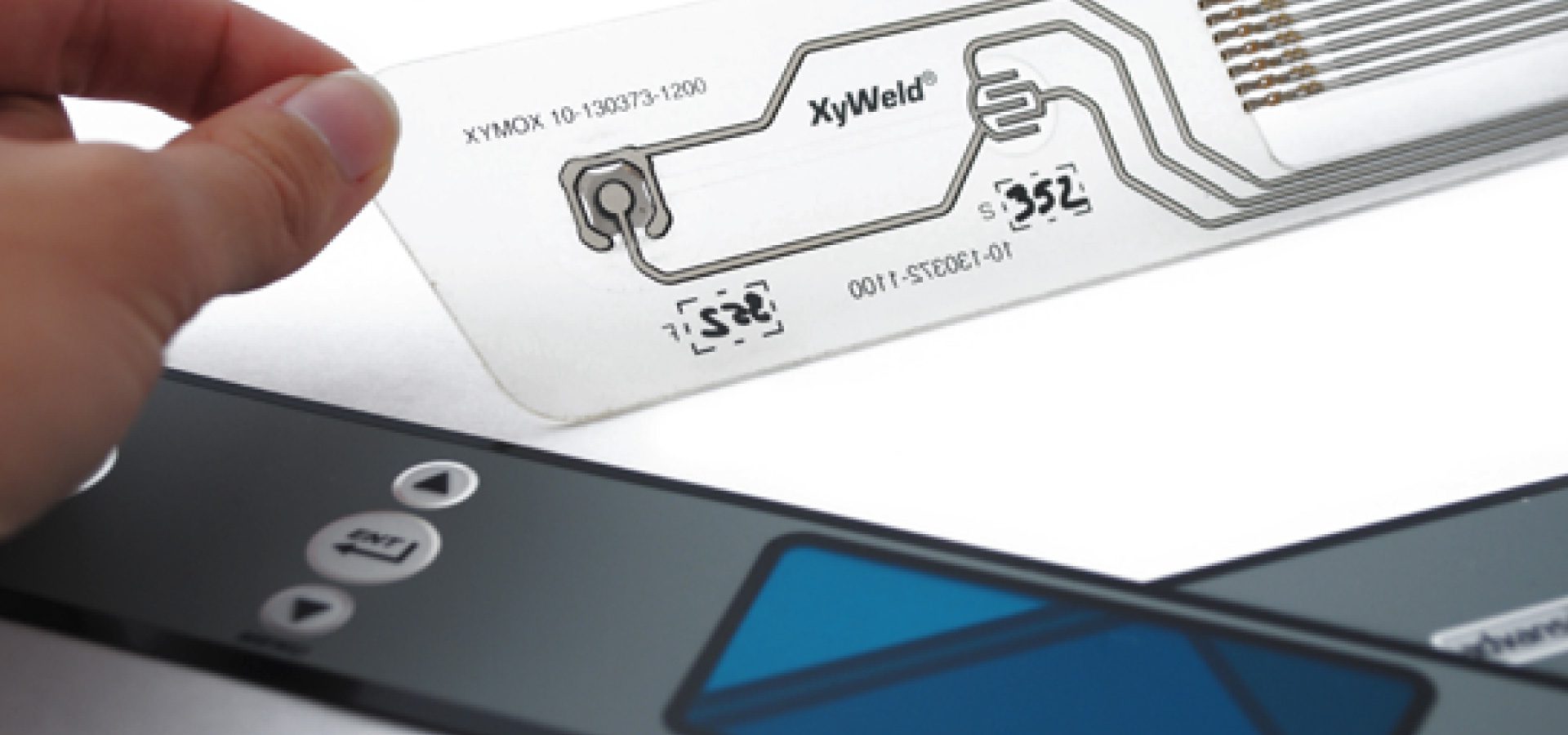Comprehending the Relevance of Membrane Switches in Individual Interfaces
Membrane buttons are essential components in the design of reliable customer interfaces, assisting in not only functionality but also boosting visual appeal and user interaction. As we check out the future fads and various advantages connected with Membrane innovation, it ends up being clear that these switches are more than simply parts; they stand for a convergence of advancement and functionality.
What Are Membrane Switches?

The spacer layer, which has adhesive properties, enables for the separation of the circuit layer from the overlay, making sure that the switch remains in a non-activated state up until pushed. When stress is used to the overlay, it presses the spacer layer, linking the gap and completing the circuit in the underlying layer. This design not just minimizes the physical room required for typical mechanical buttons yet additionally enhances the resilience of the tool, as Membrane buttons are generally resistant to dust, wetness, and various other environmental factors.
Commonly located in applications ranging from customer electronics to medical tools, Membrane buttons are essential to modern technology, giving a effective and straightforward interface that straightens with modern layout demands.
Benefits of Membrane Buttons
While various button technologies exist, Membrane Switches deal distinct advantages that make them specifically preferable in different applications. One of the primary advantages of Membrane buttons is their small style, which enables space-saving implementations in devices where actual estate is limited. Their thin profile not only improves visual charm but additionally helps with lightweight construction.
Another substantial benefit is their resistance to environmental variables. Membrane switches are usually secured against moisture, dust, and contaminants, making them ideal for usage sought after atmospheres, such as medical devices and industrial devices. This resilience expands the life expectancy of the button, lowering maintenance costs and boosting integrity.
Additionally, Membrane switches can be personalized to satisfy details design needs, incorporating special graphics and shades that boost user communication. Their responsive comments choices can additionally be tailored to supply an enjoyable user experience. Additionally, Membrane switches are cost-effective, especially in high-volume applications, as they can be created effectively.
Applications in Numerous Industries

In the consumer electronics industry, Membrane buttons are common in devices such as microwaves, washing machines, and push-button controls. Their responsive comments and visual options improve customer experience while giving a smooth, contemporary look. In addition, auto manufacturers utilize helpful hints Membrane buttons in dashboard controls and infomercial systems, where space is restricted, and individual involvement is critical.
In addition, the commercial field leverages Membrane buttons in control panels for machinery and tools, enabling user-friendly procedure in frequently harsh settings. Their resistance to chemicals and wetness makes certain durability and integrity in these applications. Overall, the flexibility of Membrane Switches contributes substantially to their prevalent usage, making them indispensable in numerous technical domains.
Layout Considerations for Membrane Buttons

When creating Membrane switches, a number of essential considerations must be thought about to make sure ideal functionality and individual experience. The option of materials is vital; selecting durable, top quality substrates can enhance the button's durability and resistance to environmental variables such as wetness and temperature variations.
Secondly, the layout of the graphic overlay need to prioritize quality and ease of usage. Icons and message have to be legible, and the format must help with intuitive interaction (membrane switches). Furthermore, tactile responses is important; integrating a tactile dome or other mechanisms can boost the user experience by giving physical confirmation of activation
Another vital aspect is the button's electric performance. Developers have to make certain that the conductive traces are properly developed to minimize resistance and stay clear of signal disturbance. This entails examining the called for actuation force and ensuring compatibility with the electronic components they will certainly interface with.

Future Trends in Membrane Technology
As innovation proceeds to development, Membrane switches are poised to progress substantially, driven by technologies in products and making methods. One arising pattern is the unification of advanced materials, such as flexible substrates and conductive inks, which improve longevity and decrease the general weight of Membrane switches. These materials not just improve the tactile response yet likewise allow for the style click here to read of buttons that can withstand harsher ecological problems.
Additionally, the combination of touch-sensitive technologies is changing standard Membrane Switches right into more interactive interface. Capacitive touch sensing units embedded within Membrane button panels can supply an extra intuitive and receptive user experience, lining up with the growing need for sleek, modern-day designs in consumer electronic devices.
Additionally, improvements in printing strategies, such as digital and 3D printing, allow quick prototyping and customization of Membrane buttons. This adaptability allows producers to react faster to market needs and customer choices.
Last but not least, sustainability is becoming a considerable focus, with makers discovering environmentally friendly materials and processes. As these patterns unfold, the future of Membrane innovation guarantees improved performance, aesthetic appeal, and environmental obligation, strengthening their role in advanced interface across various sectors.
Verdict
To conclude, Membrane Switches represent an important component in the design of customer interfaces, integrating performance with aesthetic flexibility. Their benefits, including sturdiness and resistance to environmental factors, make them ideal for diverse applications throughout different sectors. In addition, thoughtful style factors to consider boost user communication and experience. As improvements in modern technology proceed, the evolution of Membrane buttons is expected to more refine customer interfaces, driving innovation and improving functionality in a progressively complicated technological landscape.
Membrane buttons are important parts in the style of reliable customer interfaces, promoting not only performance yet also enhancing visual appeal and user interaction.Membrane Switches offer as a crucial component in different individual interfaces, facilitating a seamless communication between customers and digital devices.While countless switch innovations exist, Membrane Switches deal distinct benefits that make them especially preferable in different applications.In addition, Membrane buttons can be tailored to fulfill certain layout needs, including distinct graphics and shades that improve customer interaction.In verdict, use this link Membrane Switches represent a vital component in the style of customer interfaces, combining performance with visual adaptability.